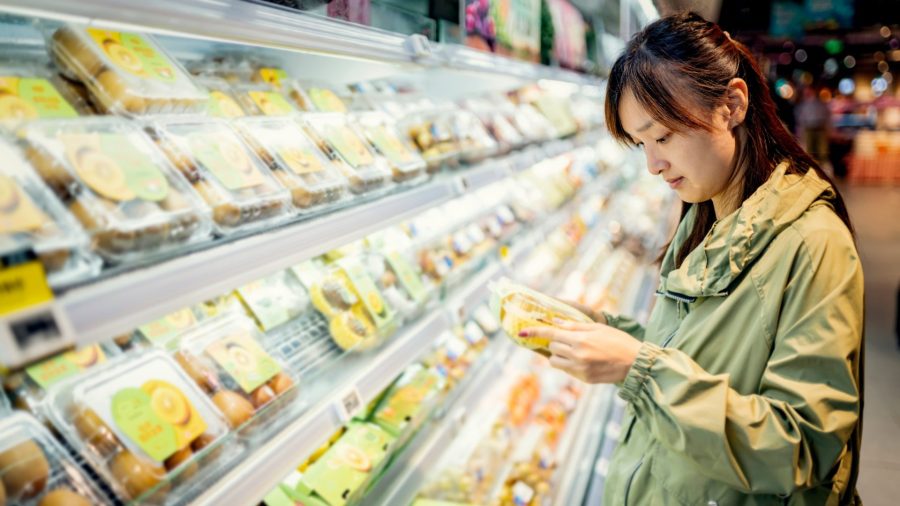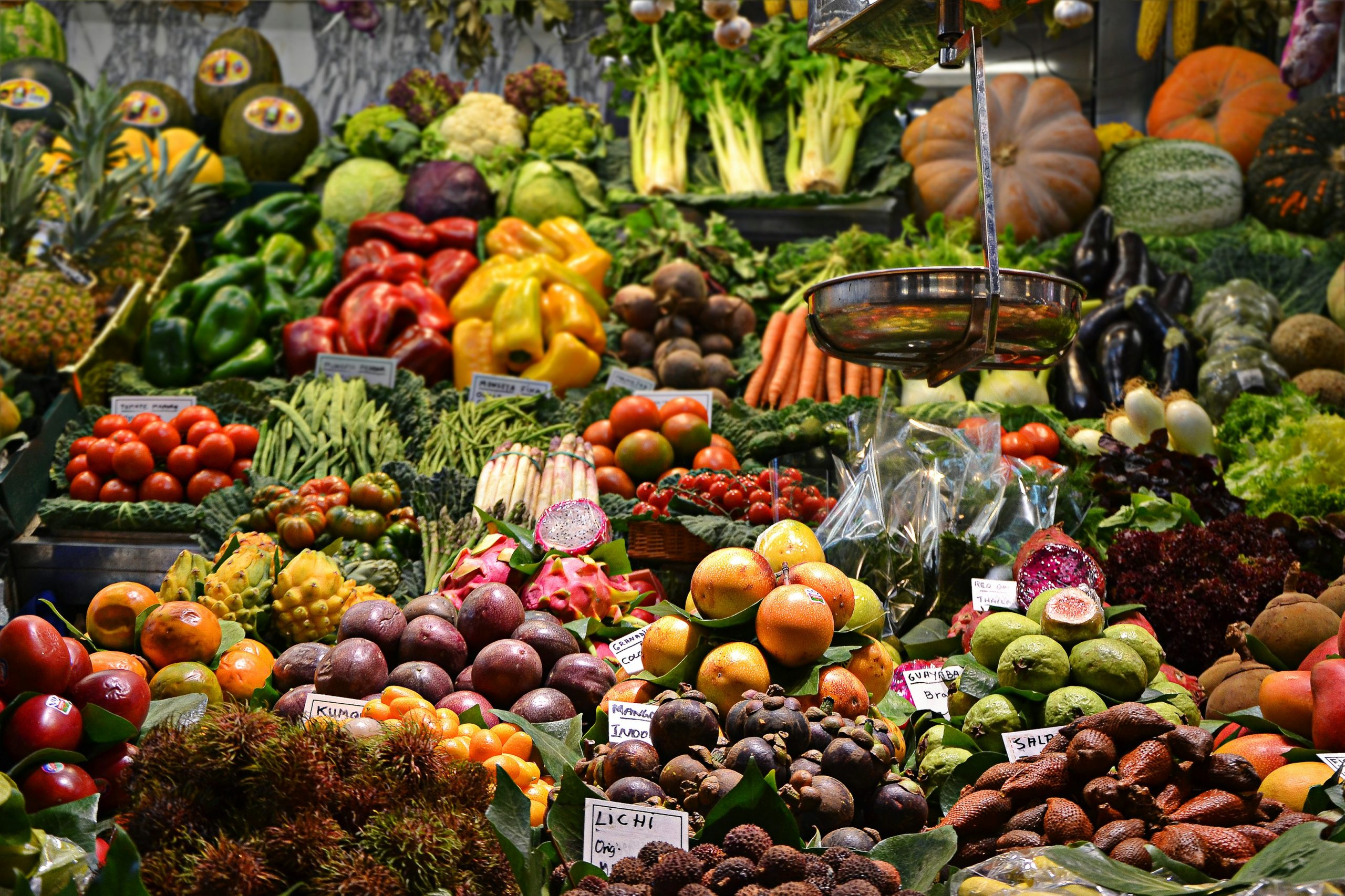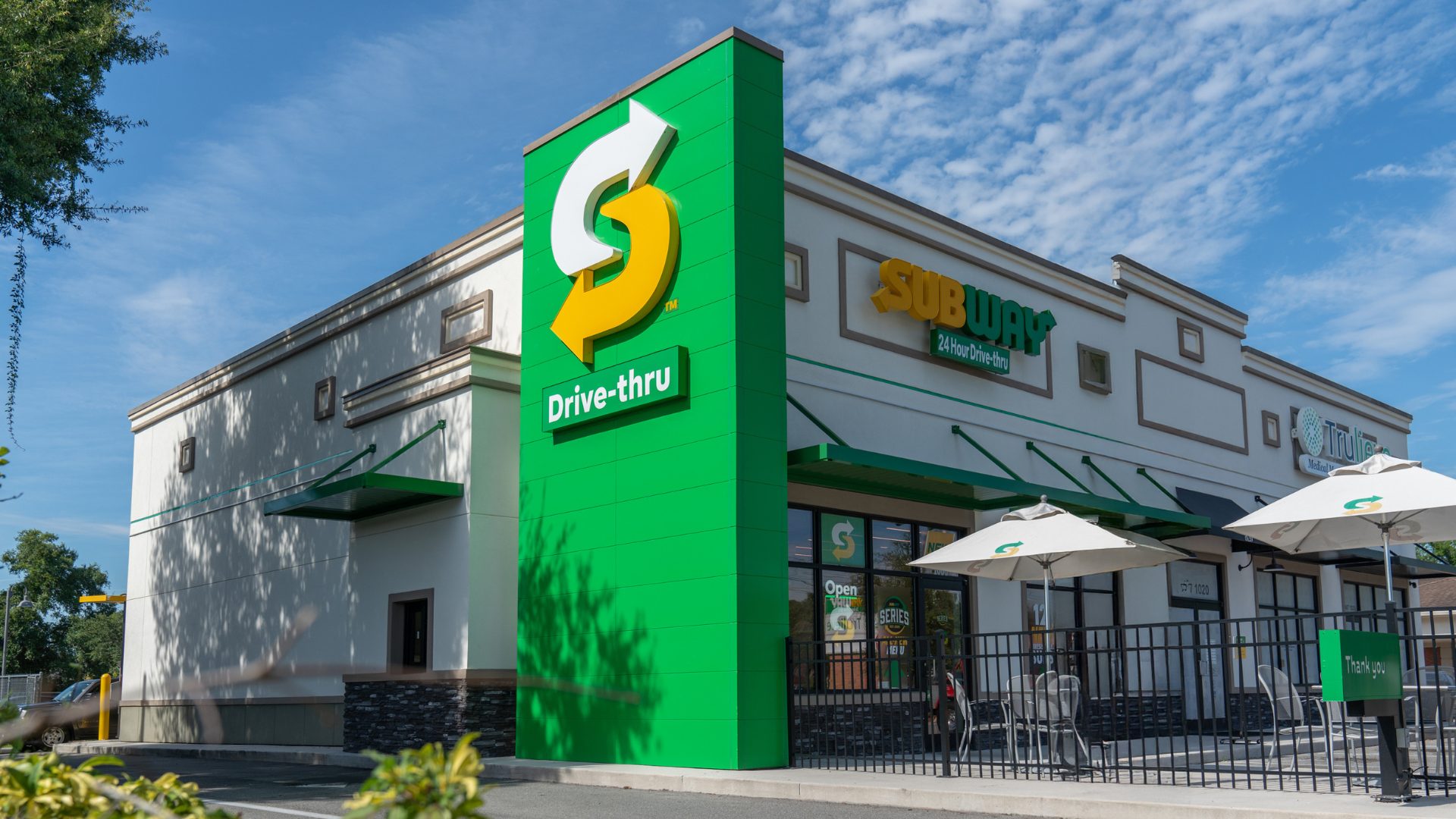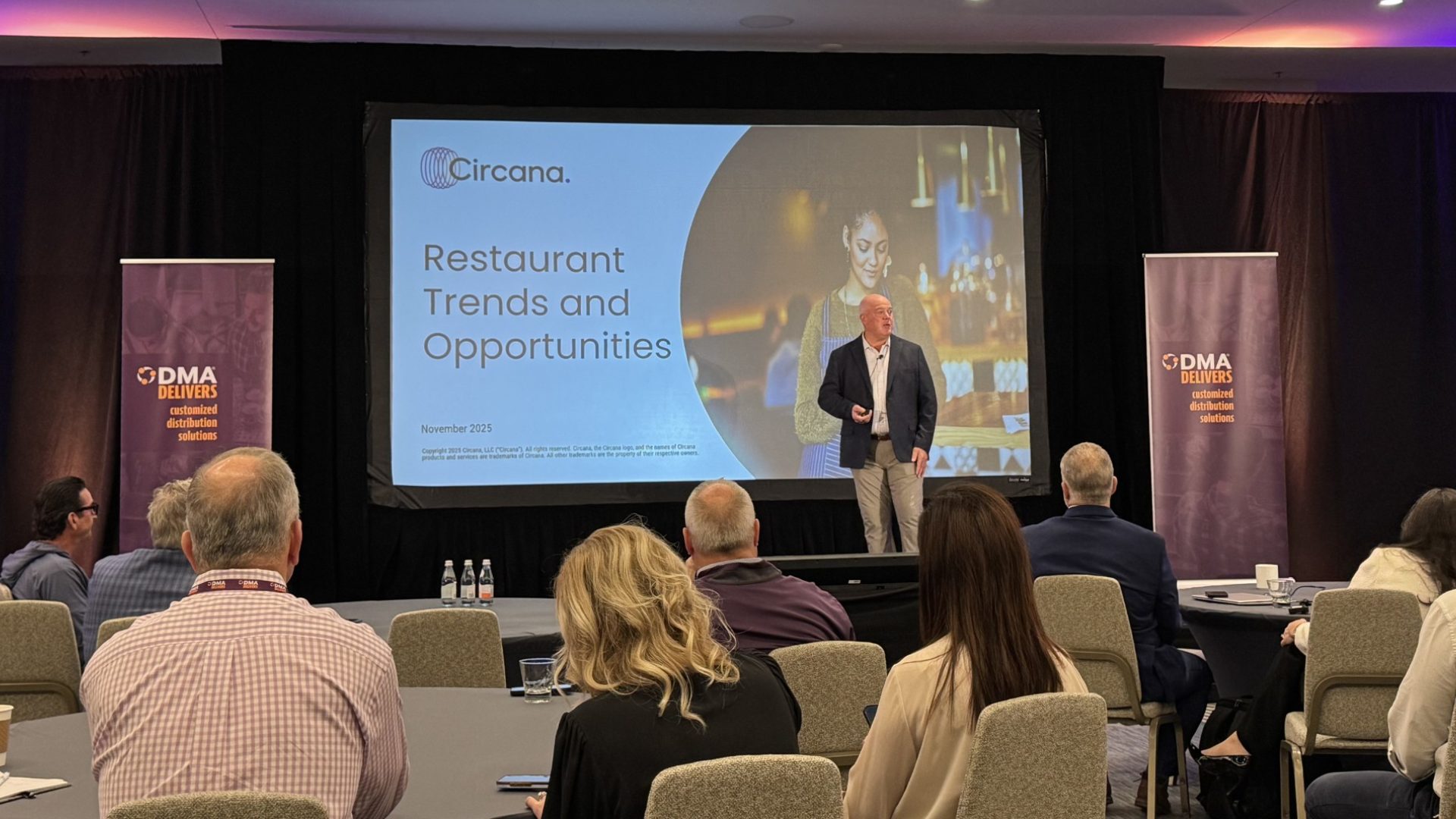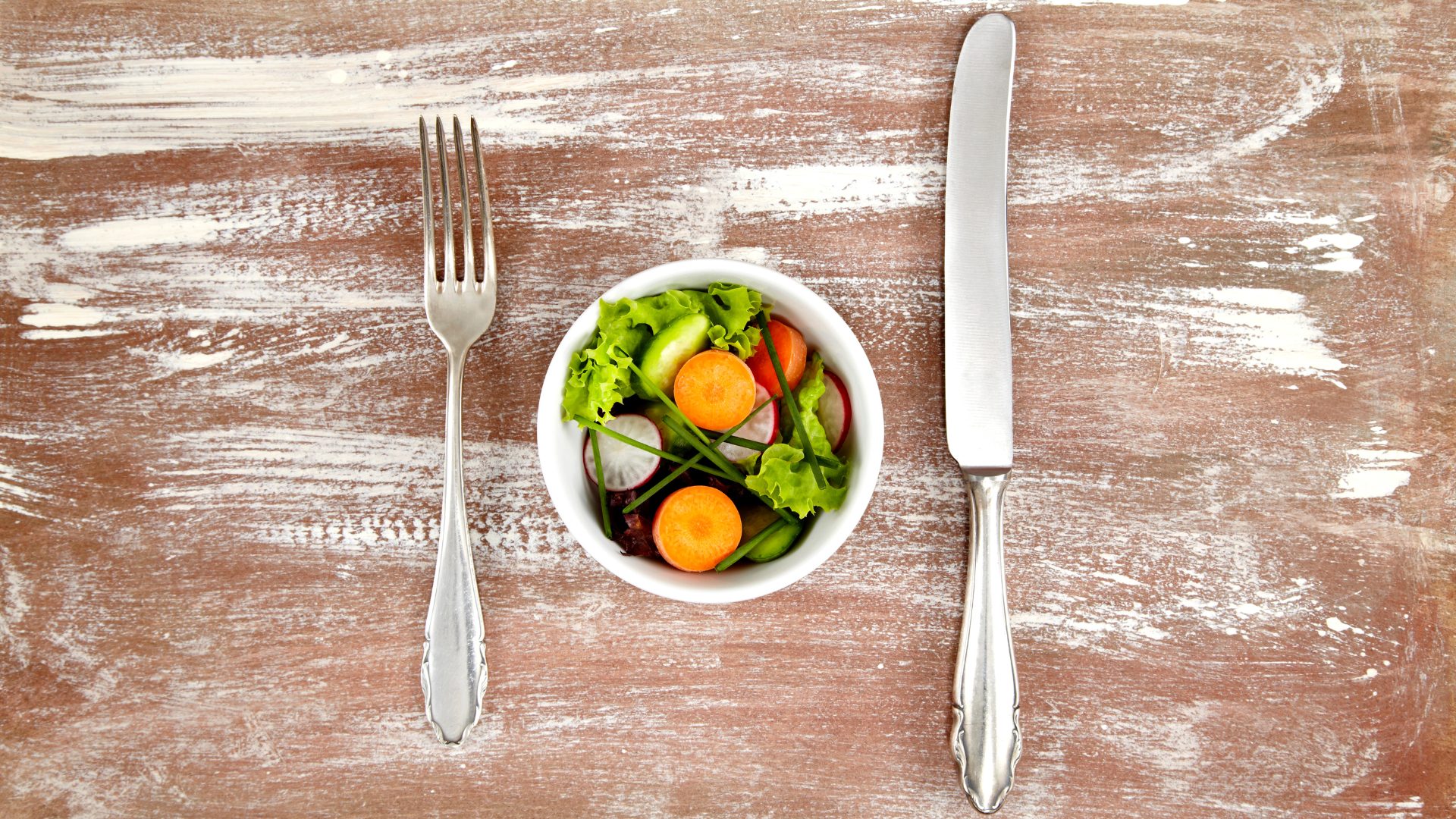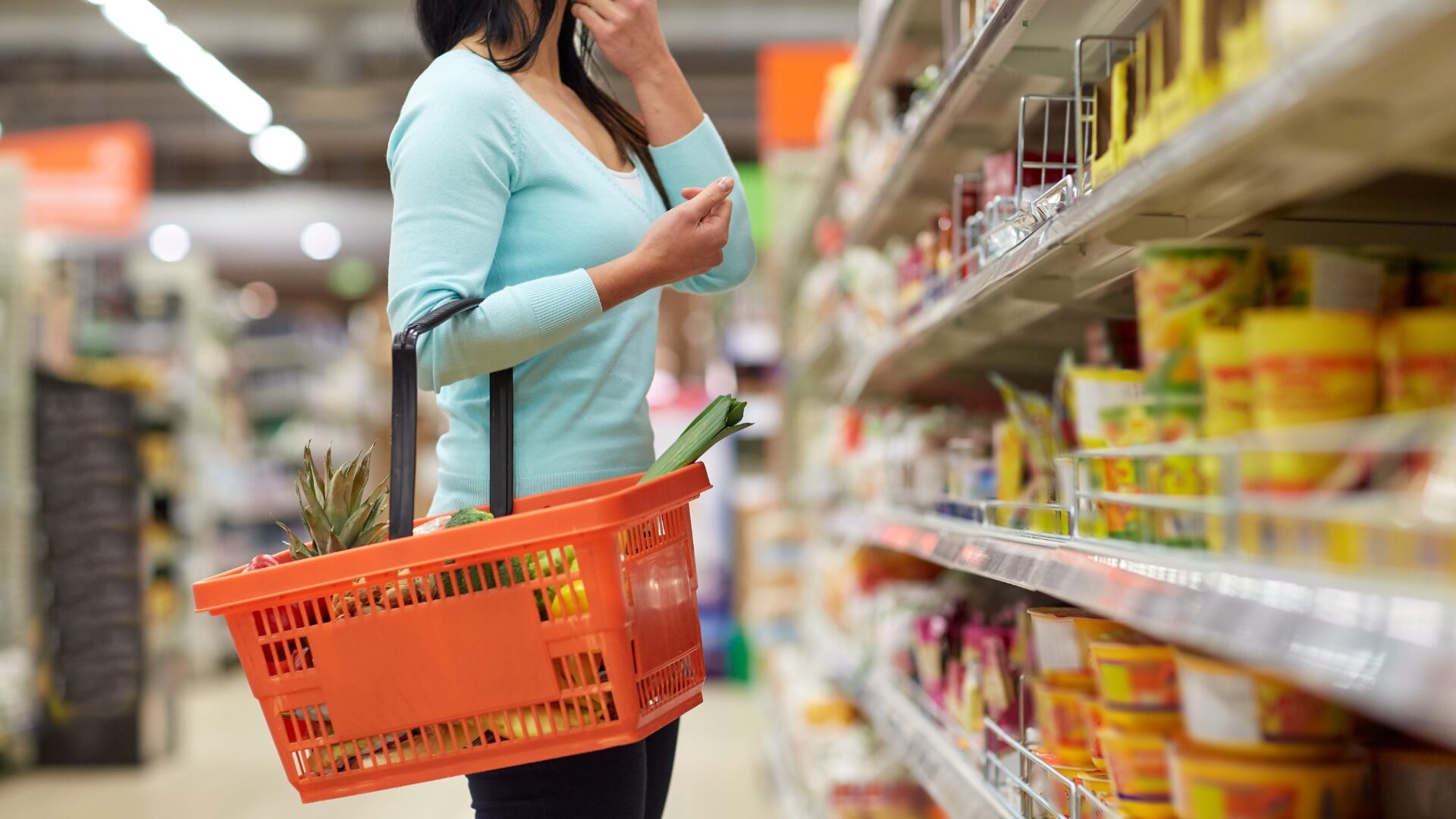It’s been four decades since consumers were slapped with a double whammy of rapidly rising food and gas prices. In the 1970s and early 1980s consumers coped by switching to generics, changing their diets, and searching out the cheapest gas station.
Today, however, generics and private brands are mainstream, consumers dabble in various diets, and the difference in gas prices from station to station is minimal.
So, what’s a consumer to do?
“With the rise in inflation, we are noticing consumers being more purposeful with their spending and purchasing decisions,” Stephanie Spanarkel, director of trend practice at Jump Rope Innovation, told The Food Institute. “Specifically, we have seen a trend of consumers consistently wanting to spend less on products but also wanting and expecting more out of the products they do spend money on.”
SOME CONSUMERS STRUGGLING AMID INFLATION
A study released Thursday by Vericast found half of all consumers, and 64% of millennials, say inflation is taking a toll on their mental health. Like past generations, they are turning to private labels, limiting their spending on discretionary items, and leveraging discounts wherever possible.
“The majority of consumers view grocery shopping as a necessity. When financial stress impacts consumers … in the current economic climate, [with] higher prices, consumers become stressed, between wanting to feed themselves and their families, as well as worrying about how they’re going to make ends meet,” Vericast executive director Dave Cesaro told The Food Institute in a statement. “Coupons and discounts, especially for the items you need to buy, like groceries, are the primary way consumers look to save during financially difficult times.”
The Vericast study included a few other telling statistics, including the following:
- 88% of shoppers say coupons or discounts motivate them to buy something from a brand or store they haven’t shopped at before
- 27% changed grocery stores in the last 6 months to save money
- In the last 6 months, 61% decided to dine out or order takeout less
Along the lines of that last bullet point, in McDonald’s latest quarterly earnings release, the company reported rising costs having a negative impact on earnings growth, citing that higher prices “can impact consumer disposable income levels and spending habits.”
PRICE MAKING AN IMPACT
HundredX, which examines consumer attitudes toward 2,200 brands and 75 industries, found sit-down dining, quick, fast, casual, and grocery all are seeing declines, with price being the largest negative change in consumer sentiment among 16 driver options. Food delivery and quick, fast, casual saw the largest negative shifts, Andre Benjamin, vice president of strategy of HundredX, noted.
Coca-Cola CEO James Quincey told CNBC (April 25) that though consumers are still spending now, they won’t “swallow inflation endlessly.”
And Instacart has noticed orders and tips shrinking, The Wall Street Journal reported (May 1).
In this environment, consumers are searching for deals. Radhika Gupta, founder of 365Solutions, noted Taco Bell’s Big Bell Box combo, which includes five items at a low price point.
“Despite facing inflation, they had a massive sale of this particular offering compared to other single items and combos,” Gupta noted. “Unless restaurant chains and grocers figure out unique ideas and marketing strategies, and add value, they will be at the receiving end of inflation because it will not stop.”


